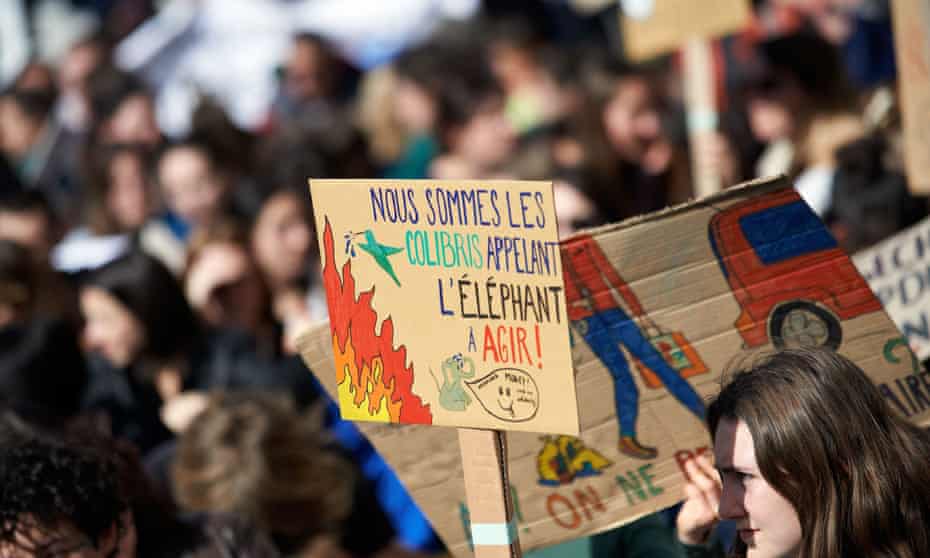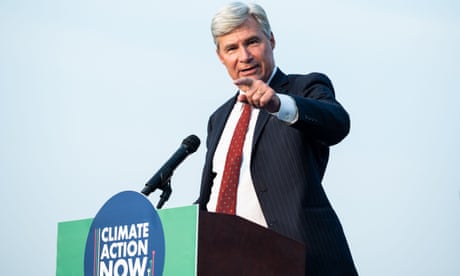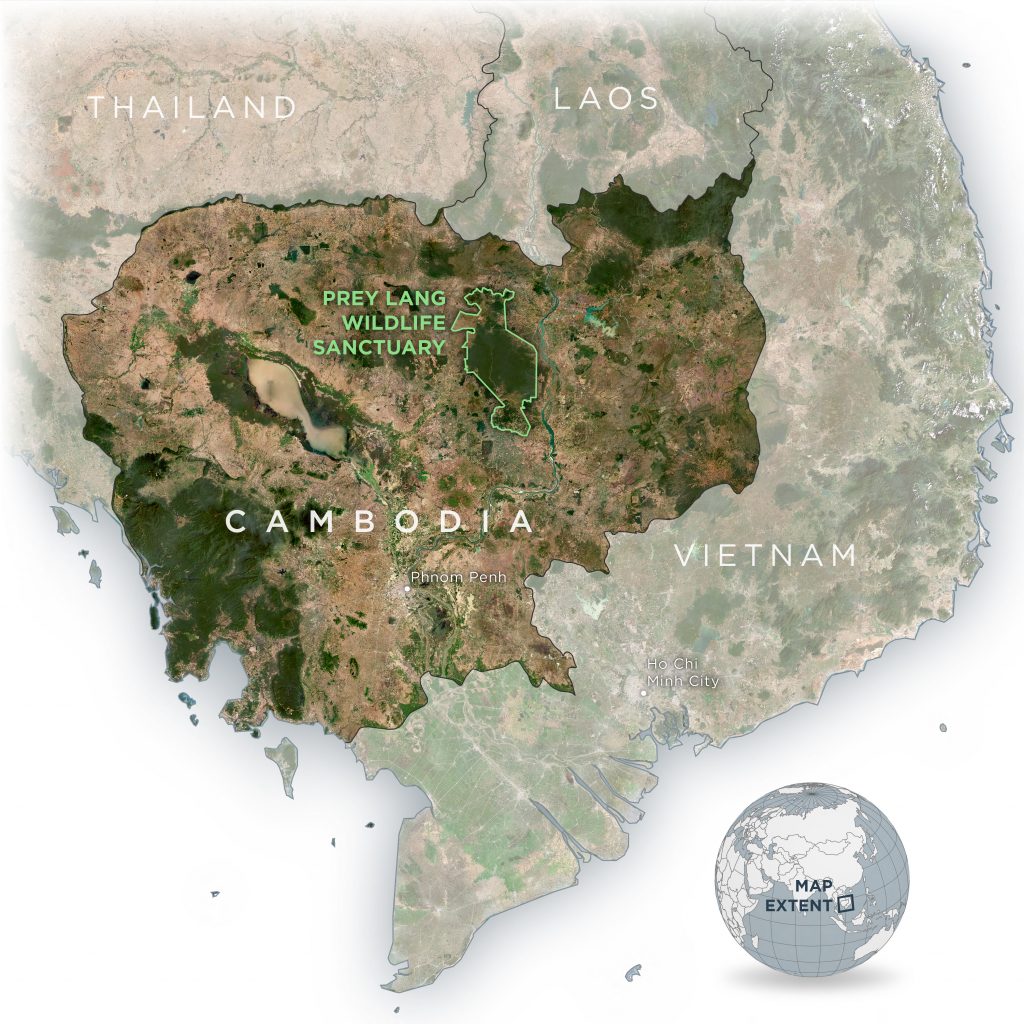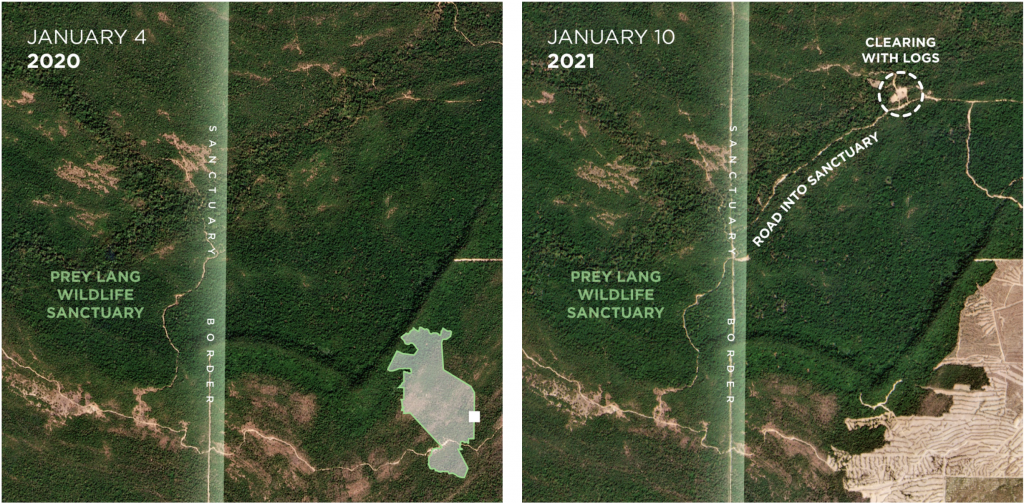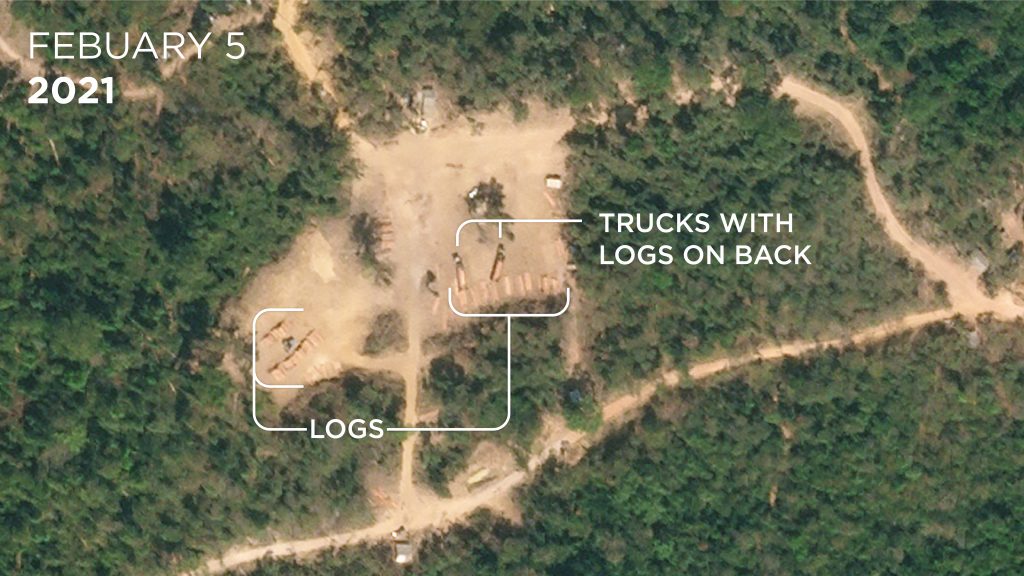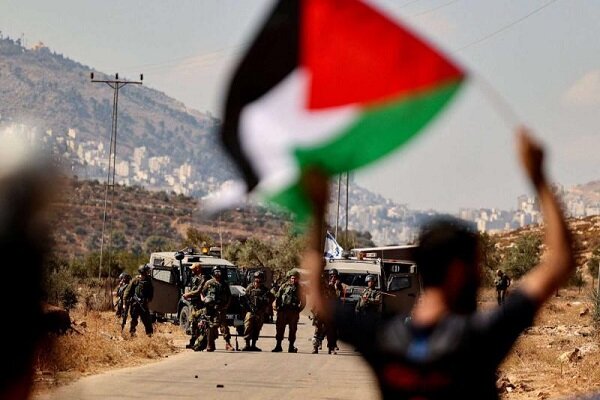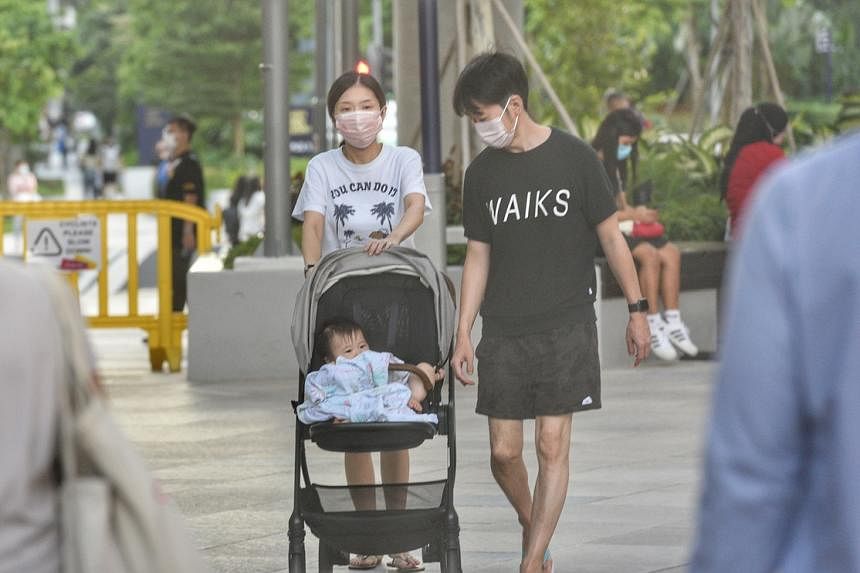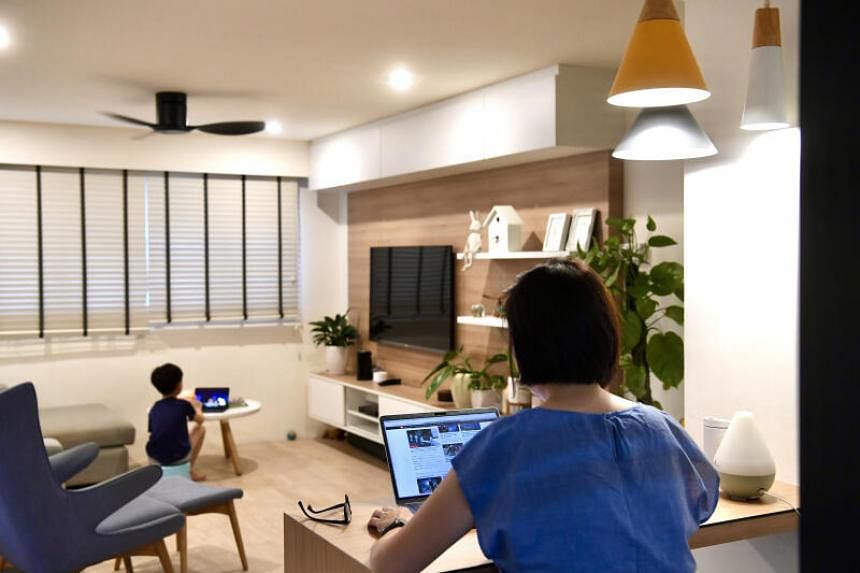Second building ordered evacuated in North Miami Beach since collapse of Champlain Towers South last June in nearby Surfside, which killed 98 people
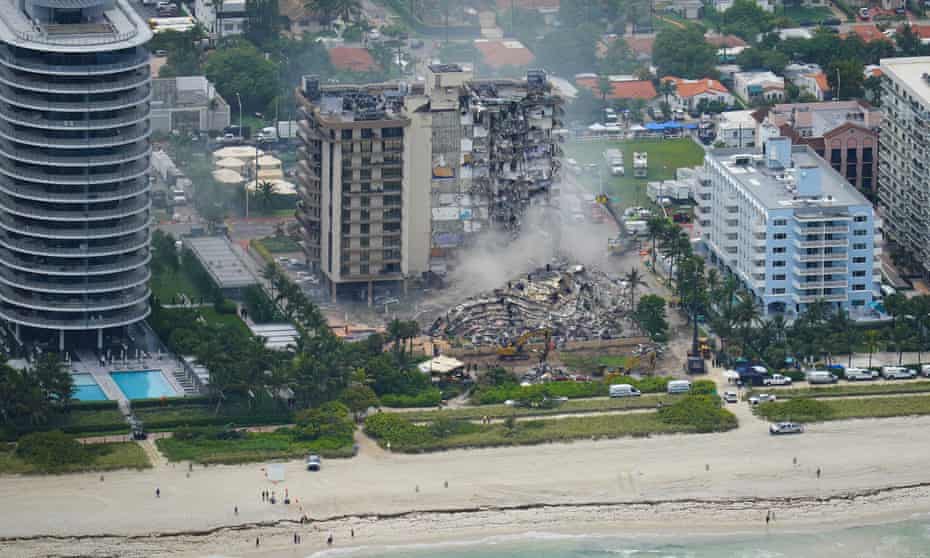
Associated Press in North Miami Beach
Tue 5 Apr 2022 14.03 BST
Residents of a five-storey apartment building in North Miami Beach have been ordered to evacuate after officials deemed the building “structurally unsound” during its 50-year recertification process, officials said.
The residents were ordered out on Monday by city officials. It is the second building ordered evacuated in the city since the collapse of Champlain Towers South last June in nearby Surfside, which killed 98 people.
In a 1 April report, engineer Brownie P Taurinski wrote that the building “must be evacuated immediately”, the Miami Herald reported.
The building, which has 60 units, had been undergoing repairs since July as part of the recertification process, the city said in a statement on Monday.
The city manager, Arthur “Duke” Sorey, told the Herald he just learned of the engineer’s report because officials received it in their emails after working hours on Friday.
“I was told while I was walking my dog that we had to be evacuated from the building,” resident Sebastian Rojas told WSVN.
He and his family have lived in the building for about 25 years.
“It’s astonishing, you know. This is where I grew up, having to take all of your stuff. You have to figure out what’s important to you, what’s not,” Rojas said.
“They said, ‘Grab anything light and get out of here,”’ resident Clara Ulffe told WPLG.
City officials said residents would be able to return later this week to gather more belongings.
Many residents told news outlets they were notified by phone and given little notice to leave. They were allowed to enter the building through 11pm on Monday, showing IDs to get inside.
They were given three-day hotel vouchers and the Miami-Dade Homeless Trust and the American Red Cross will help with housing if they have difficulty finding accommodations, said the mayor, Anthony Defillipo.
Shortly after the Surfside collapse, North Miami Beach officials ordered the evacuation of the 10-storey Crestview Towers Condominium. Residents of that building have not yet been allowed back. That building is about five miles from the collapsed Surfside site.
